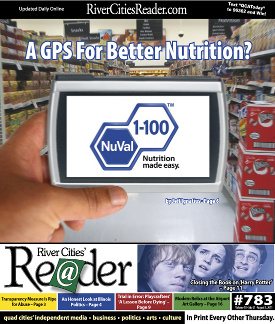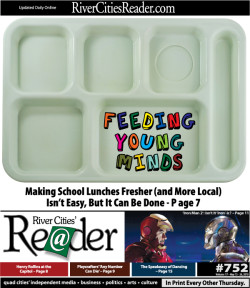 Since the NuVal food-scoring system was introduced at all Hy-Vee stores in January 2009, my family - both consciously and subconsciously - has changed the way it buys and eats.
Since the NuVal food-scoring system was introduced at all Hy-Vee stores in January 2009, my family - both consciously and subconsciously - has changed the way it buys and eats.
There are times when we've discussed whether to buy this yogurt or that yogurt, and the decision was based on nothing more than the higher NuVal score. (Sometimes, we look at the nutrition panel to try to figure out why a certain score was higher. Sometimes, we succeed.) And I'm certain there have been times when, without thinking about it, we've grabbed one food item instead of the lower-scoring version right next to it.
The funny thing is that until I began researching this article, we took it on faith that NuVal scores meaningfully and accurately reflected the nutritional content of the food we were buying.
Conceptually, the system is intuitively understood. It's a number from 1 to 100 (on top of NuVal's joined-hexagon logo) on the shelf tags of a vast majority of edible items in Hy-Vee. The higher the score, the better the food is nutritionally. Fresh blueberries get a 100, and nearly all fresh fruits and vegetables score in the 90s. Scores for hot dogs generally range from 6 to 16, while sugared sodas get a 1.
Of course, you already know that fresh fruits and vegetables are good for you, and hot dogs and sugared sodas aren't. Where NuVal is most instructive - and fascinating - is within a given food group. In its simplest form, NuVal is about deciding between two or three or 10 products jostling for your attention on the same supermarket shelf. As Dr. David L. Katz - the chief architect of NuVal and director of the Yale-Griffin Prevention Research Center - said in an interview last month: "Any aisle of the supermarket where you were already going to buy something, go ahead, but try to buy the most nutritious version that satisfies your wallet and your palate."

 When Jodee O'Tool's son entered kindergarten in the Bettendorf Community School District in 2008, she was troubled by the meals the school offered.
When Jodee O'Tool's son entered kindergarten in the Bettendorf Community School District in 2008, she was troubled by the meals the school offered.







